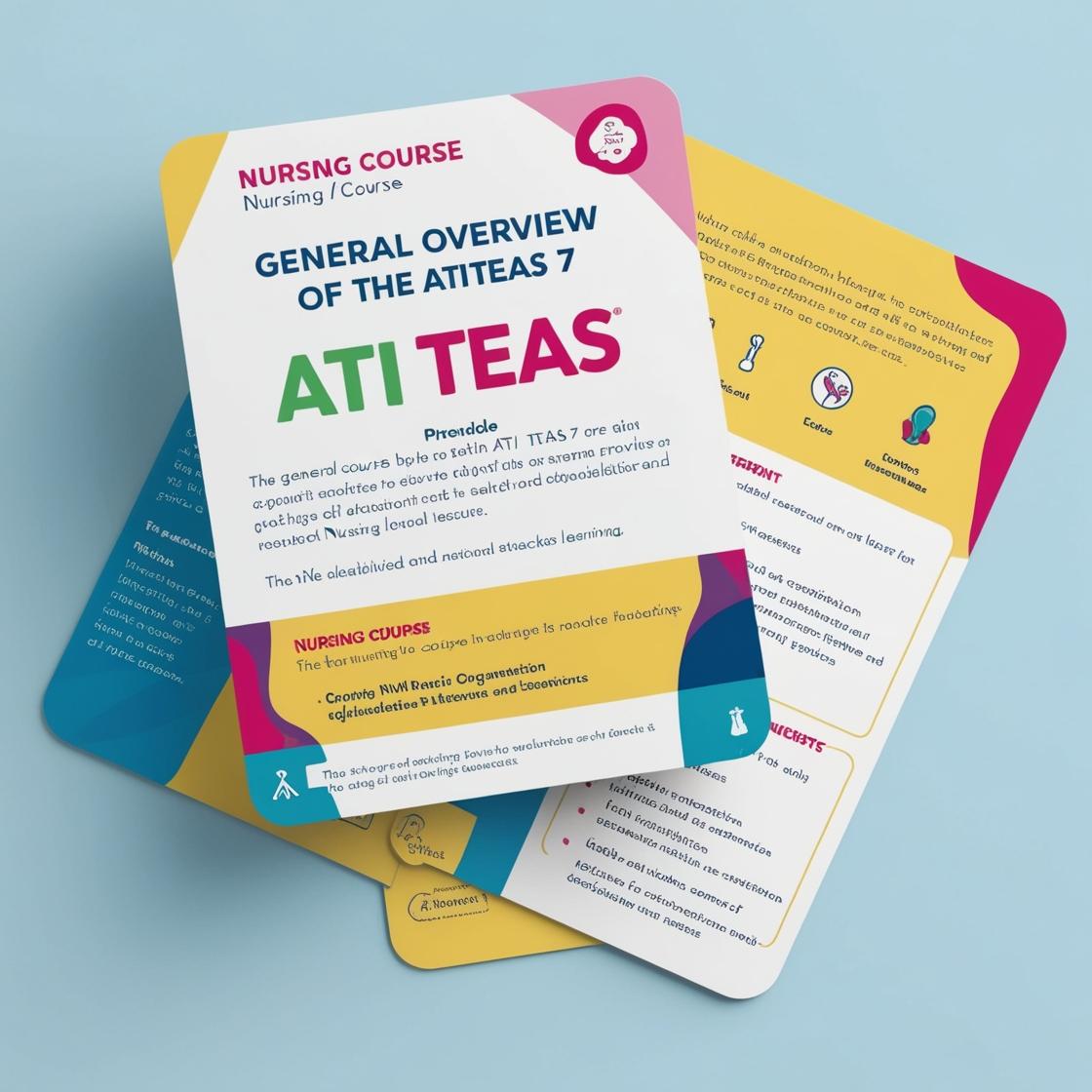ATI TEAS 7
Practice Science TEAS Test
1. Which organelle in the cell is responsible for protein synthesis?
- A. Ribosome
- B. Nucleus
- C. Mitochondrion
- D. Golgi apparatus
Correct answer: A
Rationale: The correct answer is A: Ribosome. Ribosomes are the organelles responsible for protein synthesis in the cell. They are the cellular machinery where translation, the process of assembling proteins from amino acids based on mRNA sequences, occurs. Ribosomes can be found floating freely in the cytoplasm or attached to the endoplasmic reticulum. The nucleus (choice B) houses DNA but is not directly involved in protein synthesis. Mitochondria (choice C) are responsible for energy production through cellular respiration, not protein synthesis. The Golgi apparatus (choice D) is involved in modifying, sorting, and packaging proteins for secretion, not in the synthesis of proteins.
2. Which of the following molecules is a monosaccharide?
- A. Starch
- B. Glucose
- C. Cellulose
- D. Sucrose
Correct answer: B
Rationale: Starch is a polysaccharide, not a monosaccharide, making choice A incorrect. Glucose, choice B, is the correct answer as it is a monosaccharide, the simplest form of sugar. Cellulose, choice C, is a polysaccharide like starch, not a monosaccharide. Sucrose, choice D, is a disaccharide composed of glucose and fructose, not a monosaccharide. Glucose, being a monosaccharide, is a single sugar unit that serves as a primary energy source for living organisms.
3. Which of the following infectious diseases can be caused by a protozoan parasite?
- A. Measles
- B. Malaria
- C. Mumps
- D. Mononucleosis
Correct answer: B
Rationale: The correct answer is B: Malaria. Malaria is caused by Plasmodium, a protozoan parasite transmitted through the bite of infected mosquitoes. Measles and mumps are viral diseases caused by separate viruses. Mononucleosis, on the other hand, is caused by the Epstein-Barr virus, which is also a viral infection. Therefore, choices A, C, and D are incorrect as they are caused by viruses, not protozoa.
4. Which of the following is another name for a sweat gland?
- A. Ceruminous
- B. Sebaceous
- C. Sudoriferous
- D. Integumentary
Correct answer: C
Rationale: The correct answer is C: Sudoriferous. Sudoriferous glands are commonly known as sweat glands and are responsible for producing perspiration to regulate body temperature. Ceruminous glands produce earwax, sebaceous glands produce sebum (oil), and 'Integumentary' refers to the integumentary system, which includes the skin, hair, and nails. Choice A, Ceruminous glands, are responsible for producing earwax, not sweat. Choice B, Sebaceous glands, produce sebum (oil) to lubricate the skin and hair. Choice D, Integumentary, refers to the integumentary system, not a specific type of gland.
5. Which of the following types of muscles is found in the walls of hollow organs?
- A. Cardiac
- B. Smooth
- C. Skeletal
- D. Voluntary
Correct answer: B
Rationale: Smooth muscles are the correct answer as they are found in the walls of hollow organs such as the intestines and blood vessels. Cardiac muscles are specifically found in the heart and are responsible for its contractions. Skeletal muscles are attached to bones and control voluntary movements. Voluntary muscles are under conscious control, but this term is not a specific type of muscle like smooth, cardiac, or skeletal muscles.
Similar Questions

Access More Features
ATI TEAS Premium Plus
$150/ 90 days
- Actual ATI TEAS 7 Questions
- 3,000 questions with answers
- 90 days access
ATI TEAS Basic
$99/ 30 days
- 3,000 Questions with answers
- 30 days access
